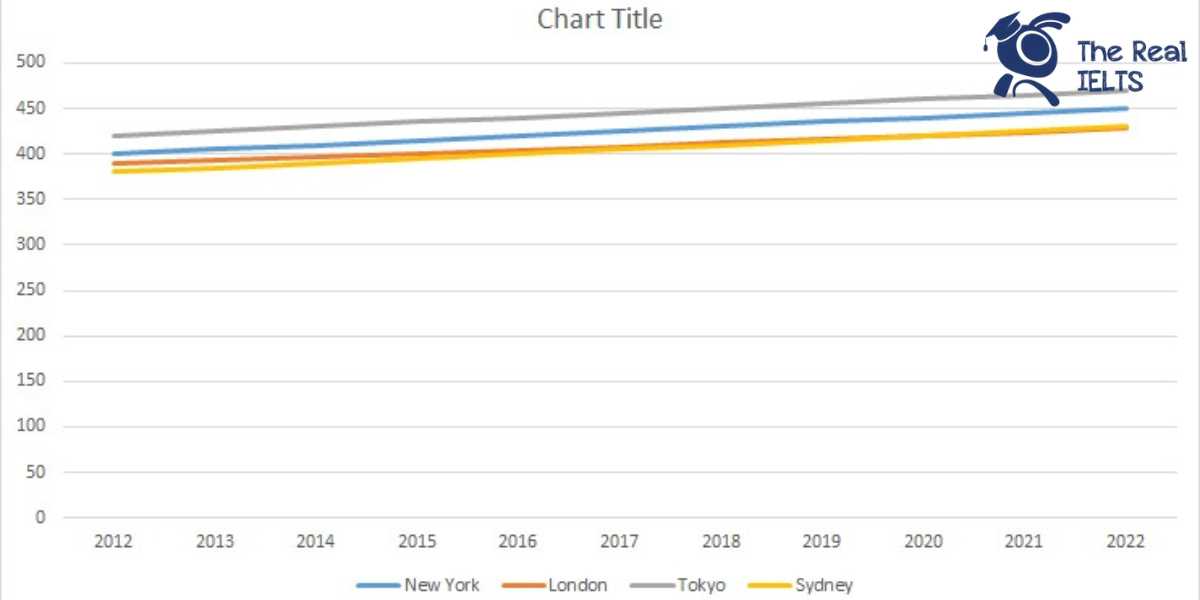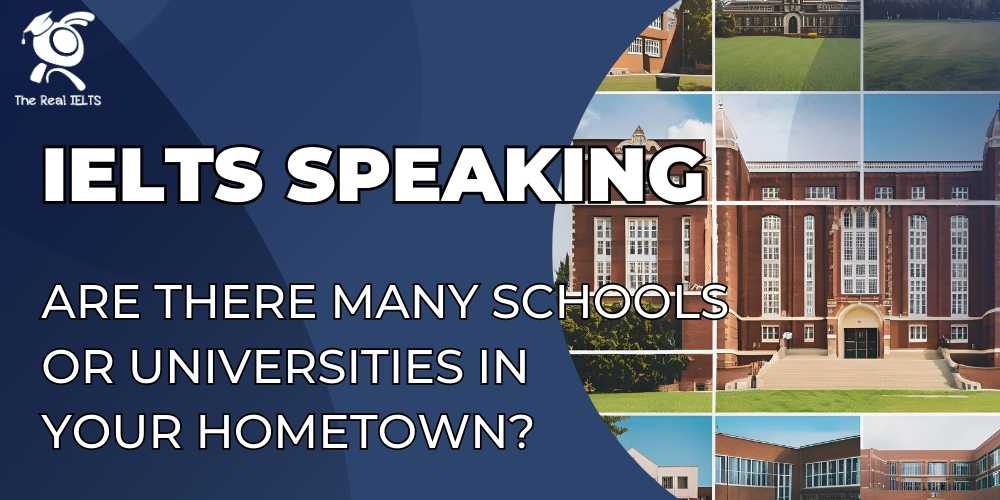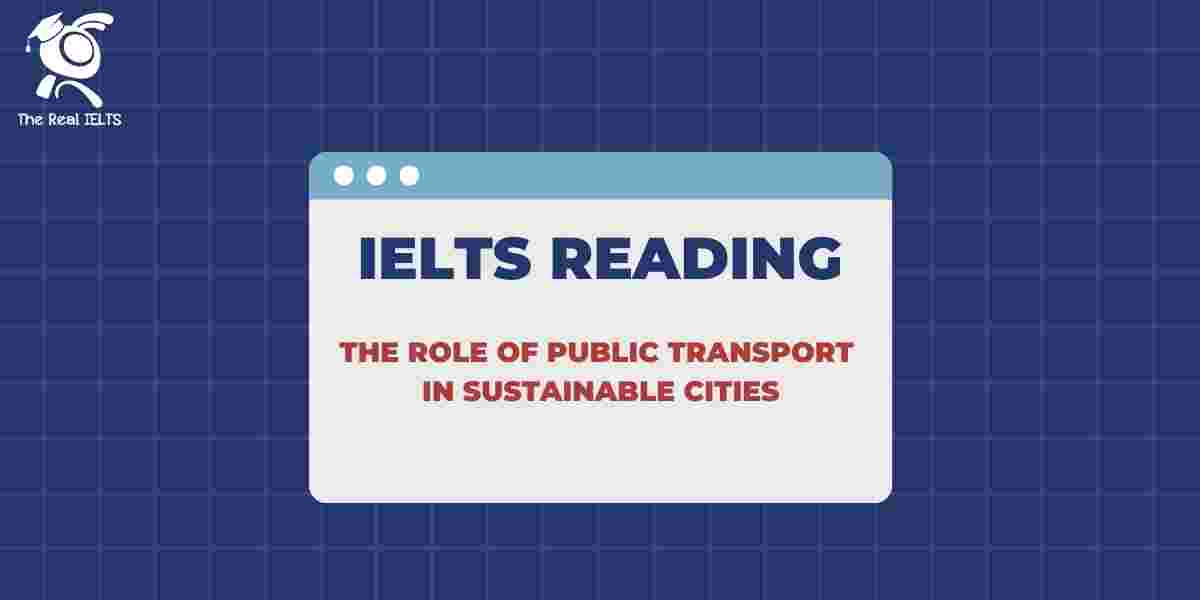Bài viết này sẽ giúp bạn trả lời câu hỏi IELTS Speaking về sự thay đổi của quê hương qua các năm. Bạn sẽ học cách miêu tả chi tiết, sử dụng từ vựng phong phú và các cấu trúc câu phù hợp để gây ấn tượng với giám khảo.
Đọc thêm các bài luyện thi IELTS khác.
Đọc thêm câu hỏi khác tại: IELTS Speaking Part 1: Introduction and Interview chủ đề Your hometown.
Đọc thêm: IELTS Speaking: What kind of weather does your hometown have?
Câu trả lời IELTS Speaking: How has your hometown changed over the years?
Ví dụ 1
Introduction:
My hometown, Hanoi, the capital city of Vietnam, has undergone significant changes over the years. Known for its rich history and cultural vibrancy, Hanoi has transformed in many aspects, from its infrastructure to the way people live. These changes not only reflect the city’s growth but also its adaptation to the demands of a modern world, while still preserving its traditional essence.
Geographical Description:
In the past, Hanoi was more compact, with less urban sprawl. The city’s landscape was dominated by small houses, narrow streets, and traditional markets. Over the years, the geographical layout has expanded significantly. Areas that were once farmland or empty spaces, like Long Bien and Hoang Mai Districts, have now become bustling neighborhoods filled with high-rise apartments, shopping centers, and industrial zones. The Red River, which flows through the city, used to be surrounded by peaceful villages, but now you can see bridges like the Nhat Tan Bridge connecting the outskirts to the city center, making travel much more convenient.
Cultural Aspects:
The cultural life of Hanoi has also evolved. While traditional festivals like Tet and Mid-Autumn Festival are still celebrated with great enthusiasm, the city has become more multicultural with the influx of international residents and tourists. This has led to the introduction of new cultural activities, such as international film festivals, art exhibitions, and modern music events. Despite these changes, Hanoi still retains its charm with cultural traditions like water puppet shows and traditional craft villages.
Historical Background:
Hanoi’s historical significance remains a cornerstone of its identity. However, many historical sites have been restored or renovated to accommodate tourists. For example, the Imperial Citadel of Thang Long and the Temple of Literature have seen preservation efforts to maintain their authenticity while improving visitor access. At the same time, new museums and memorials have been built, such as the Vietnam Women’s Museum, to reflect the changing focus on history and representation.
Economic Activities:
Economically, Hanoi has shifted from being a primarily agricultural city to a center for industry, commerce, and technology. In the past, most people in my hometown were involved in farming or small-scale trade. Now, the city hosts major businesses, tech startups, and international corporations. The rise of modern shopping malls and financial centers, like Vincom and Keangnam Tower, shows how the economy has diversified. This economic shift has also improved the standard of living for many residents.
Personal Connection:
On a personal note, I’ve witnessed these changes firsthand. Growing up, my neighborhood was quiet, with children playing in the streets and small, family-run stores on every corner. Today, it’s much busier, with cars and motorbikes replacing bicycles, and larger supermarkets taking the place of those small stores. While I sometimes miss the simplicity and slower pace of the past, I appreciate the opportunities and conveniences the city now offers. For example, modern transportation like the metro system makes it easier to travel, and the availability of international cuisines has added variety to daily life.
Conclusion:
In summary, Hanoi has evolved tremendously, transitioning from a traditional, agriculture-focused city to a vibrant, modern metropolis. The blend of old and new, with ancient temples standing alongside skyscrapers, is what makes my hometown truly unique. What I love most about Hanoi is its ability to embrace change while staying true to its roots. It’s a city that continually grows, and yet, it always feels like home.
Ví dụ 2
Introduction:
My hometown, Da Nang, is a coastal city in central Vietnam that has changed dramatically over the past few decades. Known for its stunning beaches and scenic mountains, Da Nang has transitioned from a quiet town to one of the country’s fastest-growing cities. These changes have brought both opportunities and challenges, shaping the city into what it is today.
Geographical Description:
In the past, Da Nang’s landscape was mostly rural, with small fishing villages and vast stretches of unspoiled coastline. Over the years, urban expansion has transformed the city. The Han River, which flows through the heart of Da Nang, is now lined with modern buildings, luxury hotels, and iconic bridges like the Dragon Bridge, which has become a symbol of the city’s modernization. The coastline, once a quiet retreat, is now bustling with resorts, restaurants, and entertainment venues.
Cultural Aspects:
Da Nang’s culture has also evolved alongside its physical development. In the past, traditional festivals and local customs were the main highlights of life here. While these traditions are still preserved, the city now hosts international events such as the Da Nang International Fireworks Festival, which attracts visitors from around the world. The younger generation has also embraced a more global lifestyle, with Western-style cafes, international cuisines, and modern art galleries becoming increasingly popular.
Historical Background:
Historically, Da Nang was known as a small trading port with limited infrastructure. Over time, its strategic location has helped it develop into a key economic and transportation hub. The city has preserved historical sites like the Marble Mountains and the Cham Museum, which showcase its rich heritage, while also building new landmarks such as the Golden Bridge in Ba Na Hills, a testament to its growing tourism industry.
Economic Activities:
The economic transformation of Da Nang is perhaps the most striking change. In the past, fishing and agriculture were the primary livelihoods for most residents. Now, the city thrives on tourism, trade, and technology. The development of industrial parks and IT zones has attracted investors and created job opportunities for locals. The rapid growth of the tourism sector has also turned Da Nang into one of Vietnam’s top travel destinations, contributing significantly to the city’s economy.
Personal Connection:
On a personal level, these changes are bittersweet. When I was younger, my neighborhood was quiet and surrounded by open fields. Now, those fields have been replaced by modern housing complexes and busy streets. While I appreciate the convenience of better infrastructure and amenities, I sometimes miss the sense of community and simplicity that existed before. One thing that hasn’t changed, however, is the friendliness of the people, which makes Da Nang feel warm and welcoming no matter how much it evolves.
Conclusion:
In conclusion, Da Nang has undergone remarkable changes over the years, from its physical landscape to its cultural and economic aspects. It’s a city that has successfully balanced progress with tradition, making it a vibrant and dynamic place to live. What I love most about my hometown is its resilience and adaptability, as it continues to grow while retaining its unique identity. No matter where life takes me, Da Nang will always hold a special place in my heart.















